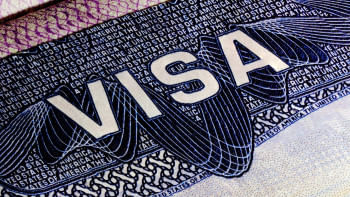Indigenous women and girls need protection
Despite the government's pledge to adopt a zero tolerance for violence against women and children, there has not been significant progress in the ground realities. Indigenous women and girls, particularly, are vulnerable because of prejudice in the administration. These were some of the findings revealed at a recent seminar.
According to Bangladesh Indigenous Women's Network, violence against indigenous women and children increased twofold between 2013 and 2014. This includes rape, abduction and murder. The recent plight of a Garo woman having to go from one police station to another to file her case of being gang-raped is an example of how state agencies show bias in the way they treat victims from these communities. The unresolved case of Kalpana Chakma who was abducted 19 years ago from the CHT region is an indication of how far back this discrimination can be traced to.
Despite various government initiatives to combat violence against women, the lack of coordination among the government's helpline service, victim support centre and one stop crisis centre, makes it challenging for victims to get the medical and legal help they need. For indigenous women, who often face hostile treatment from law enforcement agencies, it is even more difficult. Thus many cases remain unreported. Perpetrators of such violence invariably enjoy impunity due to their ability to influence the legal system, resulting in such crimes going on unabated.
The obvious first step is to make sure that the police stations and support centres work in unison so that victims of such reprehensible crimes can get immediate medical attention, file their cases and ultimately get justice. The government must also ensure, in all tiers of the administrative system, that there is no prejudicial treatment of indigenous victims which is contradictory and unacceptable to our democratic values.

 For all latest news, follow The Daily Star's Google News channel.
For all latest news, follow The Daily Star's Google News channel. 



Comments